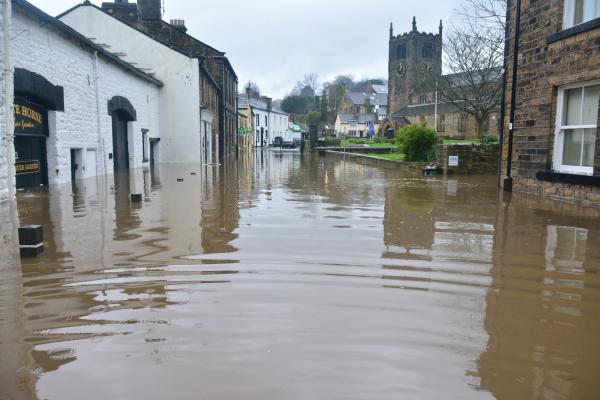By Dr Chris Needham-Bennett, Managing Director at Needhams 1834 Ltd, and a Visiting Professor, at University College London
Having been published since 2008, the 190-page National Risk Register (NRR) 2023, shares much in common with an older iconic institution, the ‘Shipping Forecast’. Like the Shipping Forecast, it predicts the future, its accuracy varies, it is listened to, or read, by far more people than actually understand it and ignored by millions who don’t even know about it. Curiously though, few board members I encounter have actually read it, and sadly some resilience managers too seem unaware of its indirect relevance. Surprising, shocking, and sad; not really. If you are a bank, you worry primarily about the regulatory risk environment, a university will fret about overseas student numbers, and a logistics manager will be concerned over the security of the Red Sea.
Risk 56c (are there too many on the register?), ‘a major outbreak of African Horse sickness’, at first instance appears about as relevant as the visibility forecast ‘Good, becoming poor later,’ for sea areas Sole and Finisterre. Additionally, having to wade through seven pages of methodology before you understand what ‘<0.2% likelihood, moderate impact,’ for African Horse Sickness actually means, is not as user friendly as it might be, nor is a logarithmic likelihood scale, (page 14), all that intuitive to visualise. But a data point in a graph is a far as most people go, and they omit to read the excellent, concise summary on pages 169 and 170 which outlines the ‘devastating impact’ of ‘risk 56c’. on equine businesses and the rural economy let alone the resultant (minimum) two-year trade ban from the last known case. Even if you don’t run the Jockey Club it just might affect your bank’s high net worth clients or the university’s veterinary science faculty, or the demand for your logistics fleet etc…
Whether or not we like the content and presentational style of the NRR is unimportant. The vital thing it does is to bring low likelihood events into consideration; ‘all risks in the NSRA are relatively low likelihood events.’ (page11). And if you think it is too gloomy a prognostication, bear in mind that it is based on, ‘the scope, scale and duration of the harm that the reasonable worst-case scenario could foreseeably cause.’ (page 12). So, not without reason, one can suppose that most of these events, if they occur, might be ‘better’ than predicted in the NRR.
Of course, the NRR it is not perfect, but it is one of the best in the world, we should be proud of it, and it will be our misfortune if we simply regard it as another ‘institutional publication’ and do not read it in detail.
Alternatively, we could present the NRR in the style of the Shipping Forecast:
'General synopsis at 0200 GMT.
International instability:
High, Red Sea area, moving rapidly northwest, intensifying mainland Europe by mid-2024. Squally outbreaks of attacks, weakening, dying out by early 2025. Visibility moderate to good.’
Just a thought.



